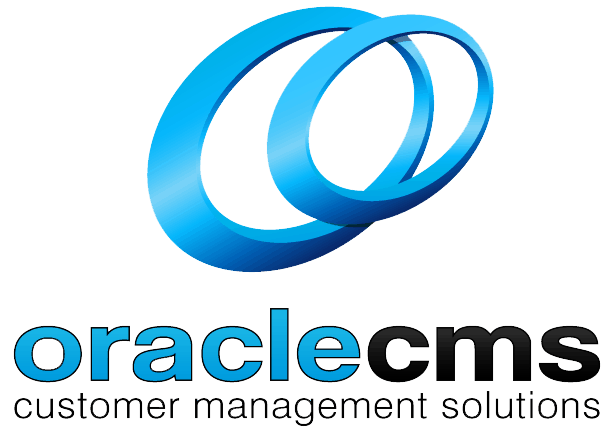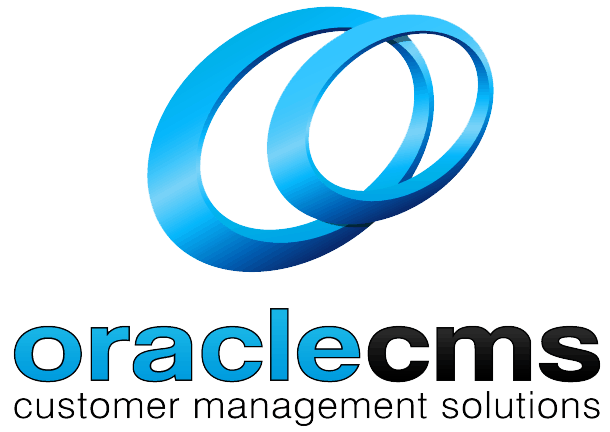
How To Create A Business Case For RPA
It’s no secret that Automation is fast becoming one of the biggest game-changers in the world of business and has been going from strength to strength for decades. As over 85% of big organisations are set to implement some form of Robotic Process Automation (RPA) by the end of 2022, the pressure being applied to managers and executives to fall in line and follow suit is tremendous.
That said, it’s not just the pressure to “keep up with the Joneses;” but to do so successfully. In other words: if you want to out-do your neighbour’s fancy new swimming pool then it’s going to require a little more finesse than simply digging a hole, filling it up with water from the garden hose and diving straight in!
Implementing RPA Requires Due Process
Take a step back and remember that robotic process automation is an amazing business tool, but one that must be handled with care and consideration – just like any other corporate strategy.
Certainly, RPA can be transformative for your business, but if you rush in without the appropriate due process it can be disastrous. But don’t let that put you off. All it takes is some patience, planning, and an air-tight business case that accounts for everything from the potential benefits to the associated costs and risks involved.
Creating a business case for RPA is a crucial step, but also one of the most difficult. Fortunately, in this article, we’re going to tell you everything you need to know to get started!
Define Your Success
What do you want to achieve by integrating RPA with your business? Where do you see it taking your organisation in the next year? How can RPA be used to genuinely create new revenue opportunities while similarly making the more repetitive and time-consuming administrative tasks more efficient?
Define your success!
Outline Potential Projects
You don’t want to just automate a process simply because it can be done. What you need to ask is: “why”? Why should you be automating this process and how can it benefit your business?
If automating certain processes can free your employees up with more precious time to focus on new revenue-generating activities, what are these tasks going to be? Implementing RPA should only be done when you can see tangible business outcomes in front of you.
Define the processes which are currently holding your business back and identify how RPA can alleviate some of that pressure.
Don’t Ignore the Data
The reasons for integrating RPA varies from business to business. Whilst you may be looking to increase productivity across the board, other businesses may be looking to reduce errors and/or improve compliance. That being said, if the overall cost of implementing such a project exceeds the money it can save then you should consider what other options you have.
Having a robust business case for RPA will enable you to clearly illustrate to the relevant decision-makers within your organisation how much budget will be required, and indeed the amazing financial opportunities that it will present.
By demonstrating the overall costs of your current business processes, it will aid you in reinforcing the immediate necessity for investment in RPA – whilst simultaneously highlighting any potential to generate increased revenue from improved business processes.
In the same breath, you will also need to factor in the cost of running RPA in comparison to the potential savings that can be made from improving said processes.
Draw Attention to the Productivity Gains
RPA is reducing the time it takes for employees to carry out repetitive tasks significantly. As such, the easiest way of determining any potential return on investment is by measuring how much time your employees would spend on a given task vs. how quickly your new RPA implementation would require in doing the same.
Then, you can highlight the importance of redirecting those “human resources” to other tasks to which they are better suited, e.g., customer service/sales.
Additionally, it’s always worth mentioning the fact that RPA robots can be deployed 24/7, thus increasing the number of hours that are available to your business.
Explore Other Potential Complementary Programs
You should always make a point of exploring all of the other potential complementary programs that can be introduced to your business. The digitisation of a business can expand far beyond mere automation. RPA is just one single tool that can facilitate automation, but when paired with other specialist tools and software you can achieve even greater results.
Again, some of these tools may not be suitable for your business. However, exploring all possible options and solutions is a crucial step in putting together a comprehensive business case.
The end goal is to improve your business’s processes, so remaining open-minded to other potential emerging technologies is recommended. For example: if you’re going to have a swimming pool installed in your garden, why not go all out and invest in a state-of-the-art pump that will not only work more efficiently than the standard one but keep your energy bills down as well.
Be Open to Partnerships – Particularly With RPA Experts
The prospect of introducing something like RPA to your business can be incredibly daunting – if not utterly petrifying! As such, working alongside RPA experts who possess a thorough and intimate understanding of the technology, and indeed have significant experience in implementing such tools certainly can’t hurt.
Create a One-Page Benefit Proposal
Creating a comprehensive business case for RPA is going to result in a fairly lengthy and detailed proposal. However, you should also endeavour to map a one-page business case that executives and decision-makers can sift through and absorb without getting lost amongst unnecessary technical jargon.
Working with an experienced business analyst can be incredibly helpful in articulating complex business cases with as much brevity and clarity as possible. Once the right people are sold on the idea, you can then start delving into the bigger picture in greater depth together.
Be Transparent
RPA platforms are neither cheap to buy nor build and maintain. Yes, the explosive impact that they can have on a business is something to get excited about! But, it’s also important to highlight the associated costs and risks involved. The best business cases for RPA will not only highlight the benefits but also draw attention to the worst-case scenarios as well.
Strike While the Iron Is Hot
RPA, automation, and the global digitisation of business is an eventuality. This isn’t something that businesses will be able to actively opt out of in the future if they wish to thrive. It’s coming one way or another, so it’s better to strike while the iron is hot and start out-performing your competitors who aren’t quite ready to make the transition.
If this is something that you are keen to explore further, then we would be delighted to work with you. For any additional information, please feel free to contact us today, at your convenience.


